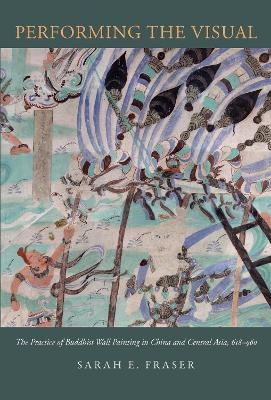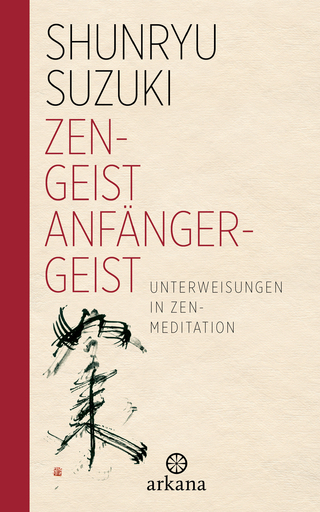
Performing the Visual
The Practice of Buddhist Wall Painting in China and Central Asia, 618-960
Seiten
2003
Stanford University Press (Verlag)
978-0-8047-4533-8 (ISBN)
Stanford University Press (Verlag)
978-0-8047-4533-8 (ISBN)
This book provides an insightful new study, drawn from the largely unpublished Buddhist paintings at Dunhuang, of medieval Chinese wall painting, workshop production, and artistic performance in theory and practice.
Performing the Visual explores the practice of wall painting in China from a new perspective. Relying on rare, virtually unpublished drawings on Buddhist themes from a long-hidden medieval library in western China, the author analyzes the painters' pictorial strategies. She also examines the financial accounting of Buddhist temples, providing practical information that ninth- and tenth-century critics ignored: how artists were paid and when, the temple's role as mediator between patrons and artists, and the way painters functioned outside the monastic system, working in guilds and secular academies affiliated with local government.
Based on the careful study of hundreds of inaccessible wall paintings at Dunhuang, arguably Asia's largest and most important Buddhist site, the author shows that although critics celebrated spontaneous feats with brush and ink, artists at Dunhuang were heavily dependent on concrete tools such as sketches in the preparation of wall painting.
Performing the Visual explores the practice of wall painting in China from a new perspective. Relying on rare, virtually unpublished drawings on Buddhist themes from a long-hidden medieval library in western China, the author analyzes the painters' pictorial strategies. She also examines the financial accounting of Buddhist temples, providing practical information that ninth- and tenth-century critics ignored: how artists were paid and when, the temple's role as mediator between patrons and artists, and the way painters functioned outside the monastic system, working in guilds and secular academies affiliated with local government.
Based on the careful study of hundreds of inaccessible wall paintings at Dunhuang, arguably Asia's largest and most important Buddhist site, the author shows that although critics celebrated spontaneous feats with brush and ink, artists at Dunhuang were heavily dependent on concrete tools such as sketches in the preparation of wall painting.
Sarah E. Fraser is Associate Professor and Chair in the Department of Art History at Northwestern University.
| Zusatzinfo | 4 tables, 155 illustrations, 1 map |
|---|---|
| Verlagsort | Palo Alto |
| Sprache | englisch |
| Maße | 178 x 254 mm |
| Gewicht | 989 g |
| Themenwelt | Kunst / Musik / Theater ► Malerei / Plastik |
| Geisteswissenschaften ► Geschichte | |
| Geisteswissenschaften ► Religion / Theologie ► Buddhismus | |
| ISBN-10 | 0-8047-4533-1 / 0804745331 |
| ISBN-13 | 978-0-8047-4533-8 / 9780804745338 |
| Zustand | Neuware |
| Haben Sie eine Frage zum Produkt? |
Mehr entdecken
aus dem Bereich
aus dem Bereich
Philosophische Betrachtungen
Buch | Softcover (2024)
Aufbau TB (Verlag)
12,00 €
Unterweisungen in Zen-Meditation
Buch | Hardcover (2024)
Arkana (Verlag)
20,00 €


